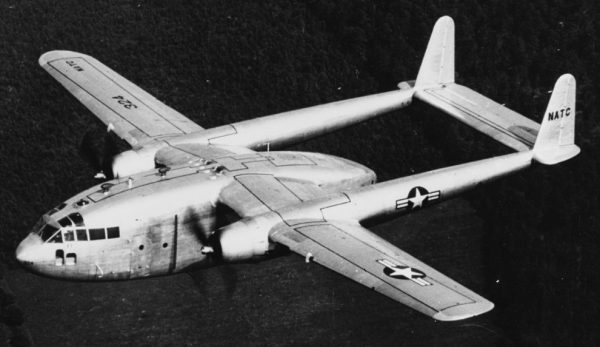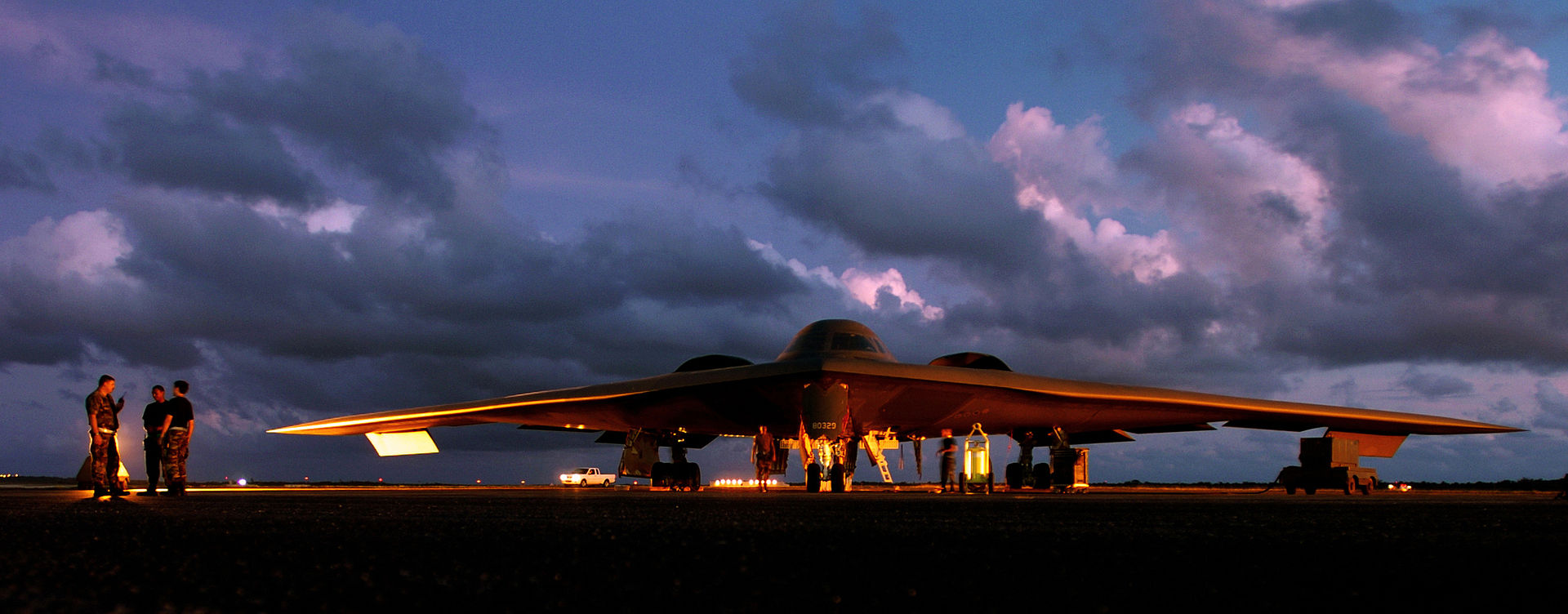July 19 in U.S. military history
1898: Spanish forces under the command of Gen. José Toral surrender Cuba to Gen. William R. Shafter, practically ending Col. (and future president) Teddy Roosevelt’s “splendid little war.” In December, the Treaty of Paris puts an official end to the Spanish-American War.
1927: When Nicaraguan rebels attack the Marine garrison at Ocotal, Maj. Ross E. Rowell’s Marine Corps DeHavilland DH-4 biplanes disperse the force with strafing runs – and the first use of dive bombing in support of ground forces. The American occupation of Nicaragua will last another six years, but after Ocotal, rebels will never again make the mistake of mounting a large scale attack on U.S. forces.
1944: Two transport ships are destroyed – along with over 300 sailors and civilians killed and nearly 400 wounded – when ammunition being loaded aboard the ships at Port Chicago, Calif. explodes. One vessel is so badly obliterated that no identifiable pieces can be found. The explosion was reportedly heard 200 miles away, and registered a 3.4 on the Richter scale.
1953: A Marine Corps R4Q Packet transport plane loses power after taking off from Naval Air Station Whiting Field (Fla.) and crashes, killing 43 Naval ROTC students and crew members. Only three survive the crash.

1975: The American Apollo spacecraft – manned by former Air Force pilots Thomas P. Stafford, Donald “Deke” Slayton, and Naval aviator Vance D. Brand – docks with the Soviet Soyuz capsule on the first joint spaceflight of the two nations. The crews spend two days together, sharing meals and conducting experiments on what becomes the last flight of the Apollo program. The space race is over.
1989: The Northrop B-2 Spirit stealth bomber (featured image) takes off from Palmdale’s Air Force Plant 42 on its first public flight. Former Air Force pilot Bruce Hinds is at the controls for the flight to Edwards Air Force Base.
